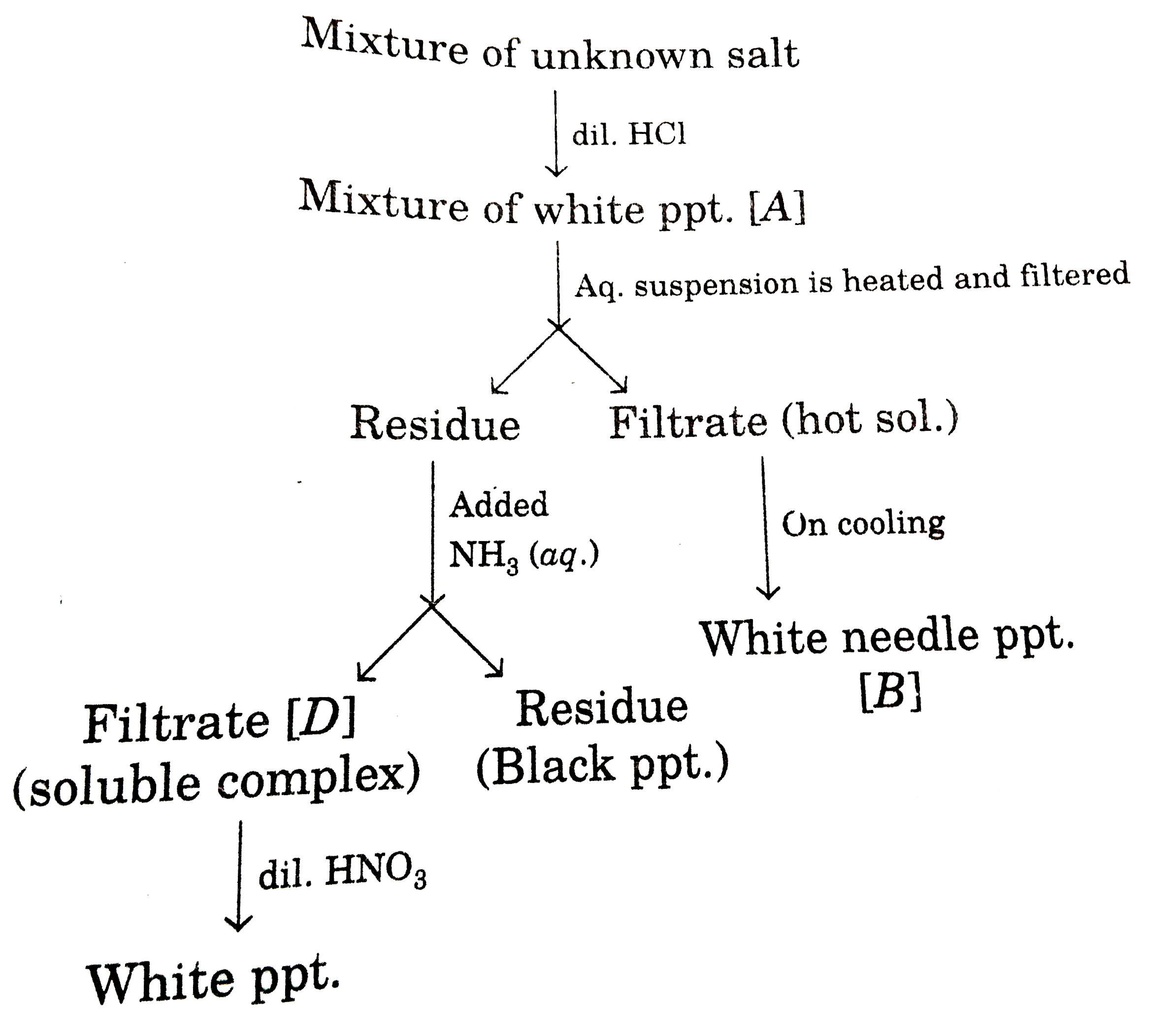Number of the following statements is/are correct?
(A) Greater the stability constant of a complex ion, greater is its stability
(B) Greater the oxidation state of the central metal ion, greater is the stability of the complex
(C ) CO stabilises complex becuase of its synergic Bonding.
(D) Chelate complexes have low stability constants
The correct Answer is:3
To solve the question regarding the correctness of the statements about complex ions, let's analyze each statement one by one.
Step 1: Analyze Statement A
Statement A: Greater the stability constant of a complex ion, greater is its stability.
Explanation: The stability constant (K) of a complex ion is a measure of the stability of the complex. A higher stability constant indicates that the complex is more stable because it implies that the equilibrium lies more to the right, favoring the formation of the complex over its dissociation into the metal ion and ligands.
Conclusion: This statement is correct.
Step 2: Analyze Statement B
Statement B: Greater the oxidation state of the central metal ion, greater is the stability of the complex.
Explanation: Generally, a higher oxidation state of the central metal ion can lead to increased stability of the complex due to stronger electrostatic interactions between the metal ion and the ligands. However, this is not universally true for all ligands and complexes. The stability can also depend on the nature of the ligands and the specific metal involved. For example, some ligands may stabilize lower oxidation states better.
Conclusion: This statement is partially correct, but it is not universally applicable.
Step 3: Analyze Statement C
Statement C: CO stabilizes complex because of its synergic bonding.
Explanation: Carbon monoxide (CO) is indeed a strong field ligand that stabilizes metal complexes through synergic bonding. In this process, CO forms a sigma bond with the metal and can also engage in back-donation, where electrons from the filled d-orbitals of the metal are donated to the empty π* orbitals of CO. This dual interaction enhances the stability of the complex.
Conclusion: This statement is correct.
Step 4: Analyze Statement D
Statement D: Chelate complexes have low stability constants.
Explanation: Chelate complexes are formed when a ligand binds to a metal ion at multiple points, creating a ring structure. This ring formation significantly increases the stability of the complex due to the chelate effect. Therefore, chelate complexes typically have high stability constants, not low.
Conclusion: This statement is incorrect.
Final Conclusion
Now, let's summarize the correctness of each statement:
- Statement A: Correct
- Statement B: Partially correct (but generally considered correct in many contexts)
- Statement C: Correct
- Statement D: Incorrect
Thus, the number of correct statements is 3 (A, C, and B considered correct in many contexts).
Statement A: Greater the stability constant of a complex ion, greater is its stability.
Statement B: Greater the oxidation state of the central metal ion, greater is the stability of the complex.
Statement C: CO stabilizes complex because of its synergic bonding.
Statement D: Chelate complexes have low stability constants.
Now, let's summarize the correctness of each statement:
- Statement A: Correct
- Statement B: Partially correct (but generally considered correct in many contexts)
- Statement C: Correct
- Statement D: Incorrect
Topper's Solved these Questions
Similar Questions
The complex ion that will lose its crystal field stabilization energy upon oxidation of its metal to +3 state is :
 View Solution
View SolutionA: Higher the charge density on the central ion, greater will be stability of the complex
R: Hard acid show a greater tendency for forming complexes with hard ligands such as FView Solution
Knowledge Check
- Question 1 - Select One
Which of the following statements is correct about stability of the complexes of lanthanoids?
AStability of complexes increases as the size of lanthanoid decreases.BStability of complexes decreases as the size of lanthanoid decreases.CLanthanoids do not form complexes.DAll the complezes of lanthanoids have same stability. - Question 2 - Select One
Which of the following factors does tends to increase the stability of metal ion complexes ?
AHigher ionic radius of the metal ionBHigher charge / size ratio of the metal ionCLower ionisation potential of the metal ionDLower basicity of the ligands. - Question 3 - Select One
In the complex lon [Fe(EDTA)]⊕ the coordination number and oxidation state of central metal ion is:
ACN = 6, ON = +3BCN = 1, ON = -1CCN = 4, ON = +2DCN = 3, ON = +3

Co-ordination number of central metal ion in filtrate (soluble complex) 'D' is:View SolutionWhich of the following order of stability of complex ion is Incorrect ?
View SolutionThe stability of complex formed by metal ions of same charge with same ligand, __________.
View SolutionWhich complex in the following has the highest stability constant at 298 K ?
View SolutionWhich of the following complex has the highest stability constant at 298 K
View Solution

